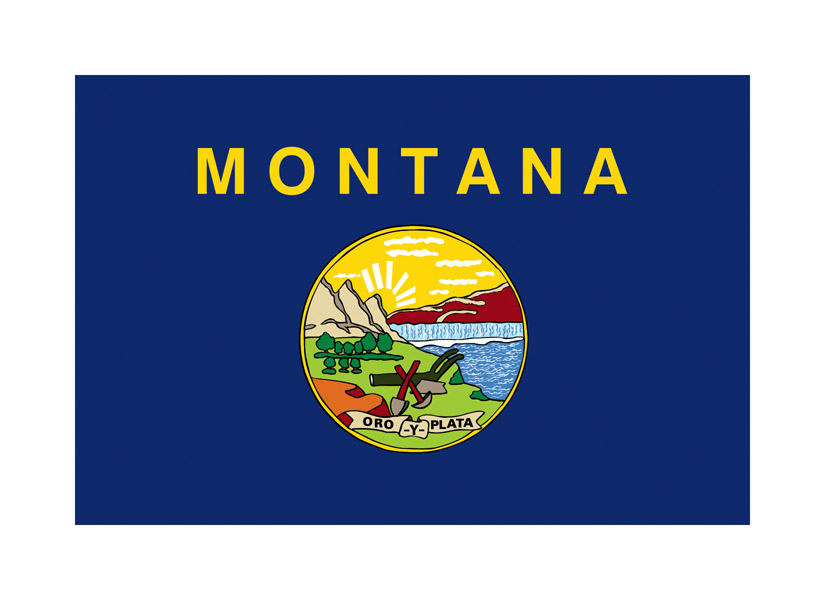Country
Conventional Short Form: United States Government Overview
Etymology: The name America is derived from that of Italian explorer, navigator, and cartographer Amerigo Vespucci (1454–1512), using the Latin form of his name, Americus, feminized to America.
Capital
Washington D.C.
Geographic coordinates: 38 53 N, 77 02 W
Time Difference: UTC-5 (during Standard Time) Note: The United States covers six time zones.
Daylight Savings: +1hr, begins second Sunday in March, ends first Sunday in November
Independence
Date: 4 July 1776 (declared independence from Great Britain), 3 September 1783 (recognized by Great Britain)
Constitution
History: Previous 1781 (Articles of Confederation and Perpetual Union); latest drafted July - September 1787, submitted to the Congress of the Confederation 20 September 1787, submitted for states' ratification 28 September 1787, ratification completed by nine of the 13 states 21 June 1788, effective 4 March 1789.
Amendments: Proposed as a "joint resolution" by Congress, which requires a two-thirds majority vote in both the House of Representatives and Senate or a constitutional convention called for by at least two-thirds of the state legislatures. Passage requires ratification by three-fourths of the state legislatures or passage in state-held constitutional conventions as specified by Congress. The US president has no role in the constitutional amendment process. Amended many times; last in 1992.
Legal System
Common law system based on English common law at the federal level. State legal systems are based on common law except Louisiana, which is based on Napoleonic civil code. Judicial review of legislative acts.
Citizenship
Citizen By Birth: Yes
Citizen By Descent: Yes
Dual Citizenship Recognized: No, but the US government acknowledges such situations exist. US citizens are not encouraged to seek dual citizenship since it limits protection by the United States.
Residency requirement for Naturalization: Five years
Suffrage
Suffrage: 18 years of age, universal
Executive Branch
Chief of State: President
Head of Government: President
Cabinet: Cabinet appointed by the president and approved by the Senate
Description: The executive branch enforces and administers federal law. At the head of the executive branch is the president, who is head of state and commander-in-chief of the armed forces. The president is indirectly elected by an Electoral College of electors at the state level and serves for a four-year term, with eligibility to serve a second term. The president appoints a cabinet of officials who lead the major federal departments. A vice president runs for election on the presidential ticket and serves as the president’s second-in-charge. The vice president also is the president of the Senate and casts a vote in the Senate when a tie-breaking vote is needed.
Legislative Branch
Description: The United States Congress is the federal seat of legislative authority. Congress holds the power to pass legislation, raise taxes, appropriate public spending, approve treaties, and declare war. In its “advise and consent” powers, Congress has certain veto powers over presidential appointments and various executive actions. Congress is composed of a 435-member House of Representatives and 100-member Senate. Representatives are directly elected in single-seat constituencies by simple majority vote (except in Georgia which requires an absolute majority vote with a second round if needed) and serve two-year terms. Senators are directly elected, with two elected from each of the 50 states by simple majority vote (except in Georgia and Louisiana which require an absolute majority vote with a second round if needed). Senators serve six-year terms with one-third of the membership renewed every two years.
Judicial Branch
Description: The United States Supreme Court is the country’s highest judicial body. It consists of nine justices appointed by the president but subject to approval by the Senate. Supreme Court justices serve lifetime terms. Subordinate courts include 13 federal appellate courts and 94 federal district courts.
Copyright © 1993-2025 World Trade Press. All rights reserved.






